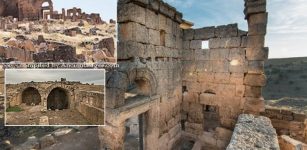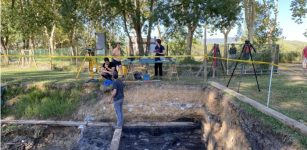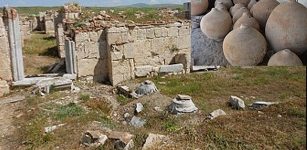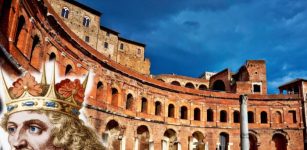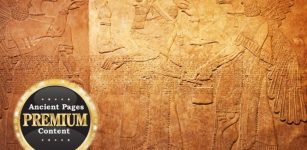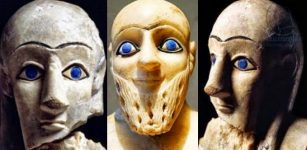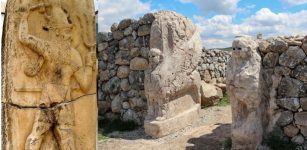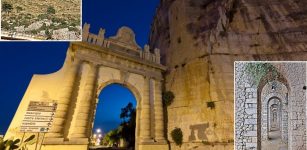Never-Before-Seen Magnificent 2,000-Year-Old Second Temple Found By Western Wall In Jerusalem Revealed To The Public
Jan Bartek - AncientPages.com - Scientists have unearthed the remains of a 2,000-year-old building in Jerusalem. The lavish Second Temple was destroyed by Romans, but the public has now been granted a unique opportunity to explore the magnificent building that is of great historical value.
Remains of the magnificent 2000-year-old building recently excavated and due to be opened to the public. Credit: Yaniv Berman/Israeli Antiquities Authority
"This is, without a doubt, one of the most magnificent public buildings from the Second Temple period ever uncovered outside the Temple Mount walls in Jerusalem.
Built around 20–30 CE, the building stood along a major public street near entrances leading up to the Temple Mount and was used for public functions – perhaps serving as the city council building where important dignitaries were received before entering the Temple compound and the Temple Mount,” said Dr. Shlomit Weksler-Bdolach in a press statement.
Credit: Yaniv Berman/Israeli Antiquities Authority
The building was first discovered by Charles Warren in the nineteenth century just west of the Temple Mount near the famous Wilson’s Arch, and it has taken archaeologists years to excavate the site, but the results are worth the effort.
Now that excavations have ended, we know the structure was composed of two identical rooms with an elaborate fountain between them. The walls of the rooms and the fountain were decorated with corniced pilasters (flat supporting pillars) topped with Corinthian capitals, a rare decorative architectural style reserved for opulent structures during the Second Temple period.
The excavation also uncovered the building's original floor pavement, made from massive stone slabs. Archaeologists believe that the rooms were used for dining with wooden reclining couches that were not preserved.
Dining rooms equipped with recliner couches were common in private homes, palaces, temples, synagogue complexes, and civilian compounds across the Greek, Hellenistic, and Roman worlds from the fifth century BCE to the third-fourth centuries CE. Dining or feasting was typically done while reclining and is even mentioned in the Book of Amos – dated to the first half of the eighth century BCE – when the prophet rebukes the people of the Kingdoms of Judah and Israel.
Credit: Yaniv Berman/Israeli Antiquities Authority
In the late Second Temple period, before the destruction of the Temple, extensive changes were made throughout the area including alterations to the building - dividing it into three separate chambers. In one of the chambers, a stepped pool was installed and was used as a ritual bath.
“It is exciting to reveal such a magnificent structure from the Second Temple period while we mourn the destruction of Jerusalem and pray for its restoration. The rooms are a part of a new tour route featured at the Western Wall Tunnels, where visitors can see fascinating artifacts and for the first time, can view remains from the Second Temple-period along the entire route demonstrating the complexity of Jewish life in Jerusalem between the Hasmonean and the Roman period,” Mordechai Soli Eliav, Chairman of the Western Wall Heritage Foundation said.
See also: More Archaeology News
The new route will allow visitors to view the massive building located at the foot of Wilson’s Arch, which supported one of the bridges leading to the Temple Mount and was recently excavated by the Western Wall Heritage Foundation and the Israel Antiquities Authority.
By making the route accessible and open to the public, visitors are introduced to one of the most fascinating and impressive sites in the Old City of Jerusalem,” Shachar Puni, architect of the Israel Antiquities Authority’s Conservation Department explained.
Written by Jan Bartek - AncientPages.com Staff Writer




